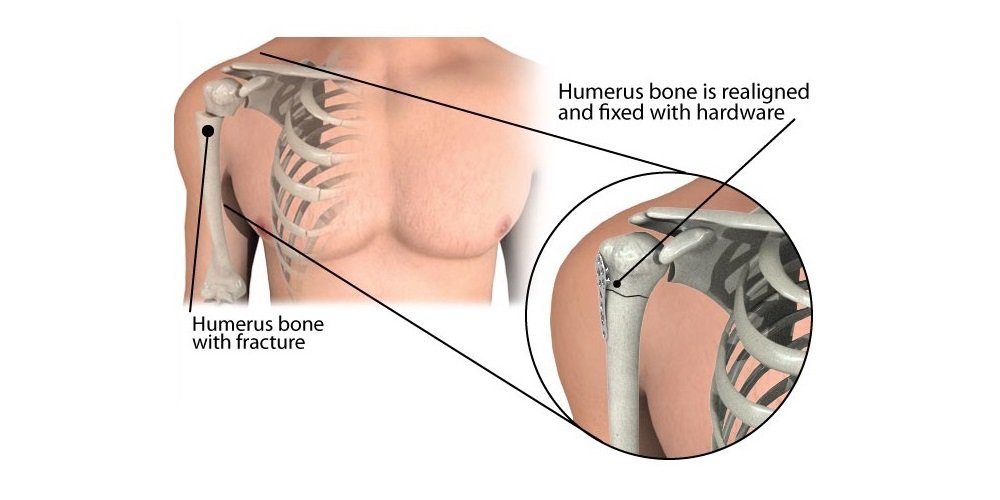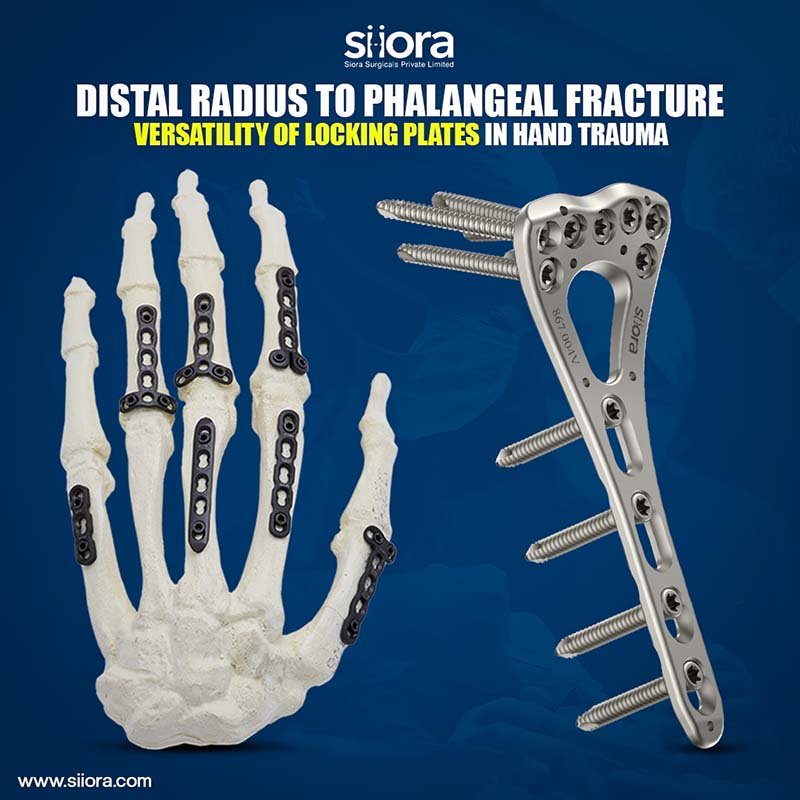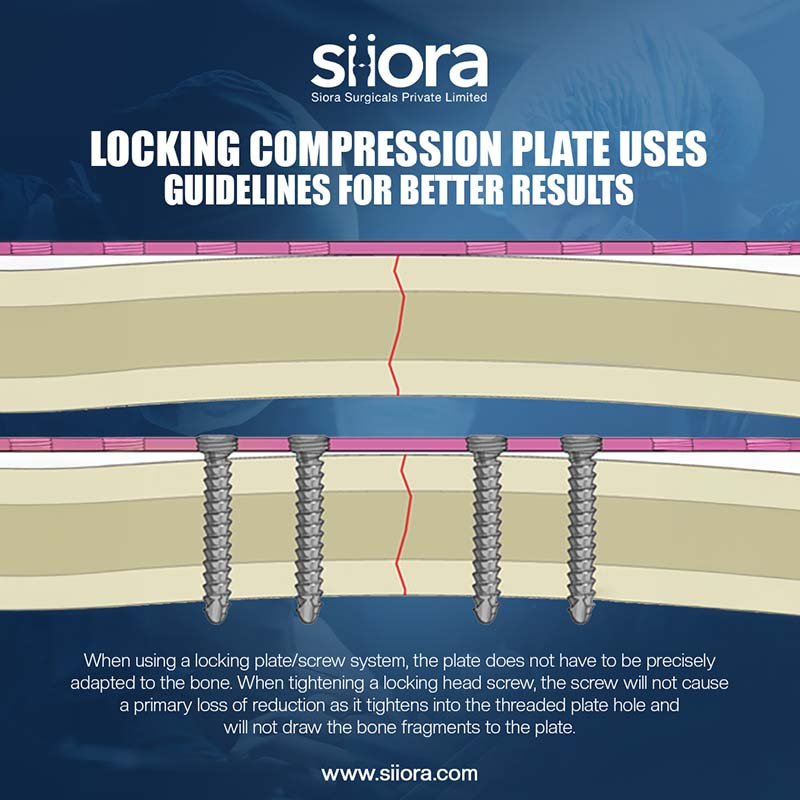Humerus fractures is a break of the humerus bone within the top arm. Besides this, symptoms may include pain, swelling, and bruising.
Types for Humerus Fracture
Shaft –
The plating technique is used when indicated for the treatment of a fracture of the shaft of the humerus. Depending upon bone anatomy, a broad heavy-duty plate or a narrow plate is used if the humerus is very thin. In addition, the plate may be placed on the dorsal surface of the humerus or the volar side. Screws should engage a minimum of six cortices per the main fragment. When LIFP is used, a narrow, longer plate is preferred.
The Distal Humerus –
For the fixation of intra-articular fractures of the distal humerus, a 3.5/4.0mm distal humerus extra articular plate or a malleable reconstruction plate is useful. A reconstruction plate is placed posteriorly on the lateral column and medially on the medial column for maximum support. In the case of bone loss two plates, one medial and one on the lateral side, are applied.
The Proximal Humerus –
Proximal humerus locking plate-PHLP are pre-contoured and anatomically shaped plate for the proximal humerus. It has five holes in the section abutting the head.
These locking screw holes are in different angles to improve the fixation. The first two holes are slanting at an angle of 95 to the plate and are inclined slightly upwards; these screws ascend in the head. The next row also has two screw holes that at 90° to the plate and at an angle of 50 to one another, spreading out in the head. The fifth hole is an integrated hole and is set at an angle of 90 to the plate. In addition, this portion of the plate is bent upwards such that the screw ascends in the head.
Related Post: Post-Operative Care for Humerus Fracture
The proximal section also has several holes of 2 mm diameter through which sutures are passed to repair and stabilize the rotator cuff. These holes serve as placement points for the aiming block. The block sits on the plate to guide the threaded drill sleeve and subsequently the drill bit to the perfect angle of screw insertion in the humerus head. Hence, the use of the aiming block is mandatory while applying for this plate. In the plate segment abutting the shaft, four integrated screws holes are deployed. These are used to apply the placement of conventional or locking screws.







